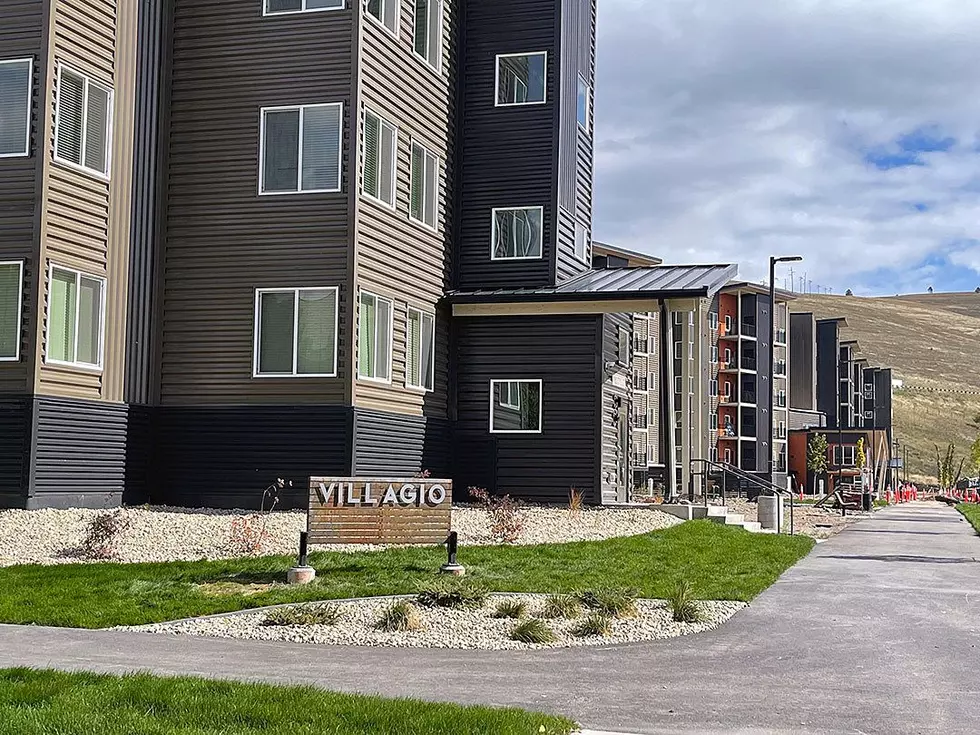
Missoula housing strategy notches success, but work remains
Martin Kidston
(Missoula Current) Since adopting its housing strategy in 2019, the city has helped build or preserve several hundred housing units, launched a housing trust fund and adopted a new strategy to help direct more revenue to the city’s housing needs.
Looking forward, it now hopes to capitalize off the lessons learned and is putting more stock into code reform and the opportunities that may lie in creating a unified development code.
Emily Harris-Shears, the City of Missoula’s housing policy expert, offered an update to members of the City Council this week regarding progress made in the housing strategy and what’s left to accomplish. Of the policy’s 32 named strategies, she said the city has brought 59% of them to 100% completion.
Another 16% are 75% or 50% complete, she said, and 9% are completed to 25%.
“Those are generally strategies that are financially constraining for us, or we’re waiting on code reform to form,” said Harris-Shears. “For the next several months, we’ll spend our energy and focus on being collaborative partners, as we have been, to the growth policy update and code reform.”
Former mayor John Engen appointed a steering committee in 2018 to begin looking at a citywide housing strategy. The results of that work were adopted in 2019 in a housing policy dubbed A Place to Call Home.
Since then, the city has tracked properties with dedicated affordability and expiration dates to protect that affordability. It also released a housing landscape assessment in 2021 and started digging into code reform in 2023 while tracking new state legislation.
“We also collaborated with development professionals who elevated some concerns over, as it stood, vertical mixed-use construction,” said Harris Shears. “That impacted the feasibility of around 500 units.”
Those units included projects like the Villagio and the Trinity, which together delivered nearly 500 income restricted housing units. Along the way, the city also partnered with several private developers selected for their ability to help deliver both market-rate and income restricted housing.
Among them, the city notched a development agreement with Blueline Development, which is behind the planned Casa Loma project in the Midtown District. It also partnered with Ravara LLC, which broke ground last month off Scott Street on the first phase of a multi-phase housing project.
The city’s housing strategy also calls for the preservation of existing affordable housing, and Harris-Shears reported progress on that front. Among the successes, the city purchased the Bridge Apartments, preserving 20 affordable units. It also helped the residents of a mobile home park purchase their property, giving them financial oversight of the community’s future.
As part of the housing strategy, the city also approved a new program developed by the Missoula Redevelopment Agency that directs roughly 10% of any tax increment received by a commercial developer into the Affordable Housing Trust Fund. The city also approved a new voluntary incentives program to help developers build more affordable housing.
The first application under the program is expected to go before City Council for approval soon, said Harris-Shears. But many other initiatives outlined in the housing policy are now waiting for the city to advance its code reform project.
“We’re at a place with our implementation where we’re waiting for either consistent funding or for opportunities that code reform and our updated unified development code will offer us,” she said. “We’re going to put our energy into working with the code team to support the next phases of the process.”
The city embarked on its code reform effort last year in a push to streamline its development and zoning codes, making them easier for developers to navigate while giving more certainty to specific neighborhoods.
The work when finished will result in a unified development code, and Harris-Shears said it will create new opportunities for the city’s housing strategy and how it works with developers to bring more projects to fruition.
“When the development code is adopted, we’ll develop an Accessory Dwelling Unit approach, which so many people are excited about. We’re also hoping to create and preserve more housing and reconvene the finance partners working group to explore and provide employer assisted housing,” she said. “We’re also still curious what a rental development program with a voucher preference can look like. I expect it will get some traction once the code is adopted.”
LOOK: Highest-paying jobs in Missoula that don't require a college degree
Gallery Credit: Stacker
More From Newstalk KGVO 1290 AM & 98.3 FM







